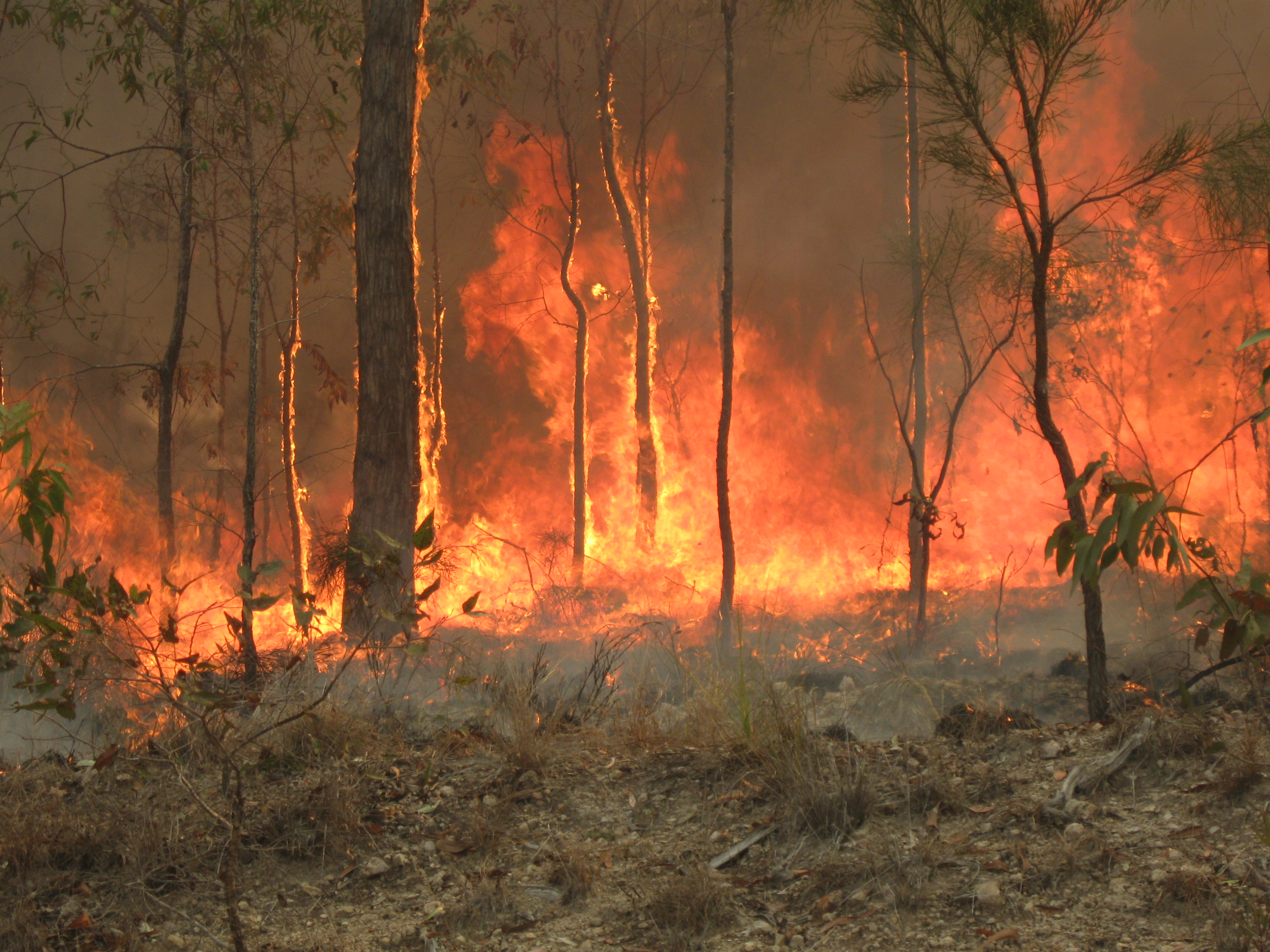Beetles could hold the key to when controlled burns should be conducted; ensuring forest ecosystems are not unduly damaged by well-meaning fire minimisation plans, while still protecting landholders and property.
New Griffith University research could influence how often prescribed planned burning is conducted after it was found high frequency fires (i.e. every 2 years) could disrupt nutrient cycling and modify beetle populations in some forest ecosystems.
“Soil and litter invertebrates represent an enormous proportion of forest biodiversity and contribute to litter decomposition, which influences fuel loads future fire risk, intensity and spread,” says PhD researcher Orpheus Butler.
“It’s about conserving and understanding the whole system and finding the right burning frequency, not just for the bigger trees, but the insects and microbes as well. Too frequent as well as too infrequent fire can be problematic and this research may help to better inform fire frequency management.”
Mr Butler, a member of Professor Chengrong Chen’s Environmental Biogeochemistry Research Lab, has been studying how fire affects the balance and cycling of elements like carbon, nitrogen and phosphorus in forest ecosystems. His research investigates how these effects are linked to the changes in the structure and function of plant, animal and microbial communities brought about by burning.
Planned burning operations are often conducted by councils tolessen the impact of wild firesbyreducing theamount of fire fuel.
Groundbreaking fire research
The South East Queensland Fire and Biodiversity Consortium has awarded Mr Butler a Research Student Scholarship to undertake groundbreaking fire research, which will be presented at its Bushfire 2016 national conference, on 28-29 September at the University of Queensland.
Bushfire 2016 will be an engaging, informative and inspiring conference squarely aimed at connecting Australia’s best fire scientists, ecologists and students with on ground fire controllers, public land managers and private land owners.
Part of Mr Butler’s PhD work looks at how the nitrogen and phosphorus in soil and plant litter is modified by frequent fire.
“We think the altered nutrient balance in soil will be reflected in the plant material and this may be linked to altered rates of plant growth. It affects different plants in different ways because some plants need relatively more nitrogen, and some need more phosphorus” he says.
“Both elements are essential for plant growth.”
A study in Peachester Forest, near Woodford, found that the nitrogen and phosphorus concentrations in leaf litter and microbes were very different in the most frequently burned part of the forest.
Indicators of ecosystem health
The effects may have important consequences for the invertebrate fauna on the forest floor, given that many of these animals depend on organic material in soil and litter as a source of food.
Mr Butler says some invertebrates, particularly beetles, are used as indicators of ecosystem health or resilience to disturbance.
“These are all parts of a bigger system. People tend to focus on things they can see but that’s not all that’s going on.”
The study will enhance knowledge of fundamental ecological processes, improve the ability to use invertebrates as indicators of appropriate prescribed burning frequencies, and thereby assist in the management of forested landscapes, assessment of fire risk and species conservation.
Bushfire 2016 offers two days of concurrent sessions featuring internationally recognised keynote speakers, including Professor Ross Bradstock from the University of Wollongong and Associate Professor Alan York from Melbourne University.
The program covers 10different themes, including fire risk, fire ecology, climate change, Indigenous fire practices, land management and community partnerships and is complimented by a catered poster session on the Wednesday evening, an informal dinner on the Thursday night and two field trips on the Friday.
Dr Samantha Lloyd, Manager of the Consortium, says, “We are thrilled with the support we are receiving for Bushfire 2016. The program features over 75 talks and has something for everyone. Whether you are a researcher or practitioner, our aim is to provide a broad range of fantastic presentations that help bridge the gap between research and on ground fire practice”.
